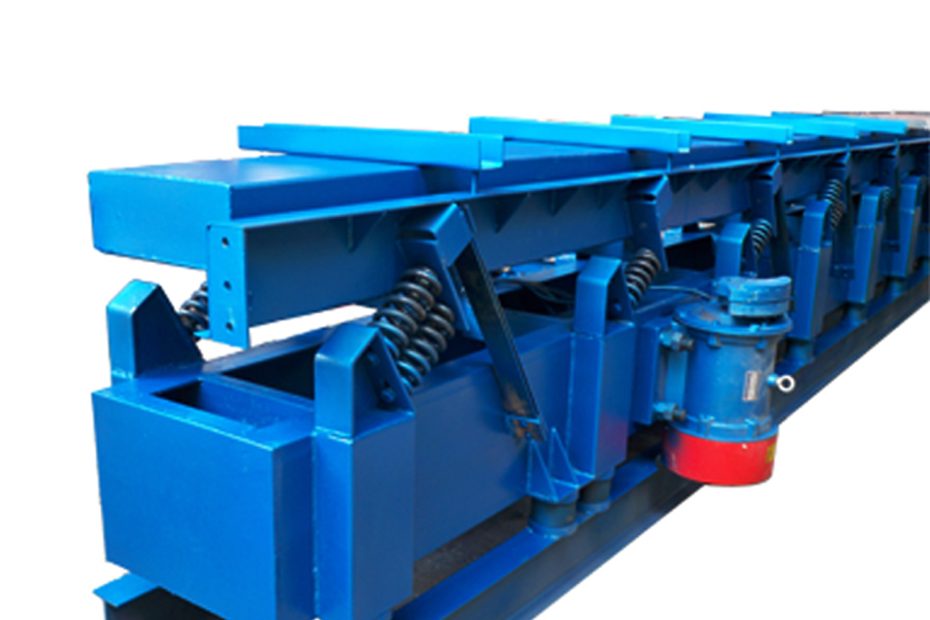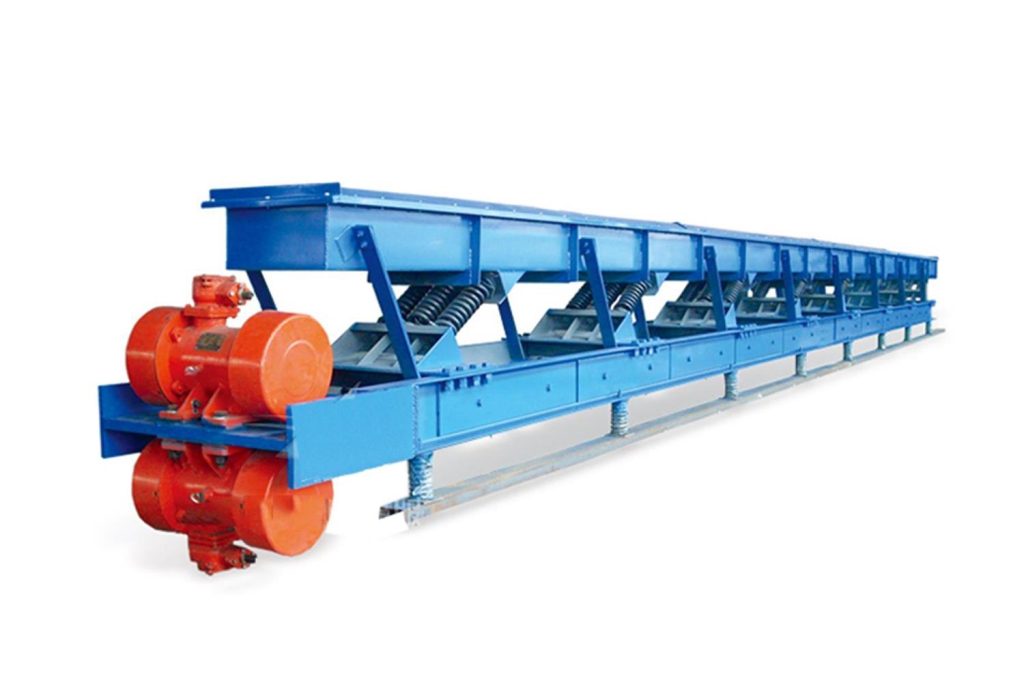The world of material transportation hinges on the efficient operation of conveyor system. At the heart of these systems lies the carrier roller, a seemingly simple yet indispensable component that plays a crucial role in ensuring seamless conveyance. In this article, we delve into the intricacies of carrier rollers, their significance in various conveyor setups, and the engineering standards that govern their design.
In the realm of material handling and transportation, conveyor systems play a pivotal role in ensuring smooth and efficient operations across industries. At the heart of these systems, the idler roller emerges as a silent yet indispensable pillar of efficiency.
The Significance of the Idler Roller
In the intricate dance of conveyor systems, the idler roller stands as a stalwart supporter, bearing the weight of materials, facilitating smooth movement, and contributing to the system’s overall reliability. This unassuming component plays a crucial role in dictating the efficiency, durability, and effectiveness of the entire conveyor infrastructure.
Top 4 Functions of the Idler Roller
- Load Support: One of the primary functions of the idler roller is to support the weight of the conveyed materials. It distributes the load evenly, preventing excessive stress on the conveyor belt and other components.
- Reduced Friction: By maintaining controlled contact with the conveyor belt, the idler roller minimizes friction, ensuring the smooth movement of materials and preventing wear and tear.
- Belt Alignment: Idler rollers aid in maintaining proper belt alignment, preventing tracking issues that can lead to uneven wear, material spillage, and conveyor damage.
- Tension Control: Idler rollers also contribute to controlling belt tension, ensuring optimal tension levels for efficient and safe operation.
The Carrier Side of vibrating Conveyor Component
- Understanding the Carrier Side: Within the framework of a belt conveyor, the carrier side refers to the upper side responsible for carrying objects from one point to another. Visualize the side view of a conveyor system: it takes the form of an elongated oval shape, horizontally aligned, with pulleys (rollers) attached at both ends. This side, where the transported objects rest, is known as the carrier side.
- Enter the Carrier Roller: To facilitate the efficient movement of objects along the carrier side, carrier rollers come into play. These rollers are strategically positioned to support the conveyor belt, ensuring that it maintains its shape and can carry a significant load. It’s important to note that in belt conveyors, there are two main types of rollers: carrier rollers and return rollers.
- Ship Bottom Shape and Roller Composition: For high-conveyance capacity and the strength required in robust rubber belt conveyors, custom-built belts (known as build-to-order or BTO belts) are often preferred over ready-made options. In situations demanding the transport of substantial quantities of objects, the conveyor belt is designed in a ship bottom shape , optimized for efficient movement. This ship bottom shape is specifically tailored to the transporting side, or carrier side, of the conveyor.
- Points of Roller Support: The ship bottom shape of the conveyor belt is established on the transporting side using either three or two rollers. These rollers are securely positioned within specialized holders crafted for this purpose. The configuration featuring three rollers is aptly named the “3 point carrier roller,” while the one with two rollers is referred to as the “2 point carrier roller.” The choice between these configurations often depends on whether the conveyor is custom-built (BTO) or ready-made.
Standardization and Specifications
- JIS Standardization: In the realm of carrier rollers, adherence to the Japan Industrial Standard (JIS) is a benchmark of quality and consistency. The dimensions of carrier rollers and return rollers are standardized under JIS guidelines. These dimensions form the backbone of build-to-order conveyor systems with ship bottom-shaped belts. By conforming to these standards, manufacturers ensure compatibility and interchangeability across different conveyor setups.
- Ready-Made Roller Variations: In ready-made conveyor systems, manufacturers sometimes deviate from JIS standards and opt for their own specifications. This customization may involve using smaller roller diameters to reduce production costs. While this approach can streamline manufacturing, it’s essential to consider the trade-off between cost and overall conveyor efficiency.
Efficiency Amplification Through Idler Rollers
- Reduced Energy Consumption: Properly designed idler rollers with low friction coefficients contribute to energy savings by reducing the power needed to drive the conveyor system.
- Material Preservation: The idler roller’s smooth interaction with the conveyor belt minimizes material degradation and spillage, preserving the quality of the conveyed goods.
- Maintenance Minimization: Idler rollers, when designed for durability and minimal maintenance, reduce downtime and maintenance costs, thus amplifying overall efficiency.
Conclusion
The carrier roller may seem like a small component within the grand framework of a conveyor system, but its impact on efficiency and performance is significant. From supporting ship bottom-shaped belts to maintaining load-bearing capacities, carrier rollers are the unsung heroes of material transportation.
By adhering to JIS standards or manufacturer specifications, these rollers contribute to the reliability and effectiveness of conveyor systems across various industries. As conveyor technology continues to evolve, the role of carrier rollers remains as crucial as ever, ensuring the smooth flow of materials in a complex and interconnected world.

